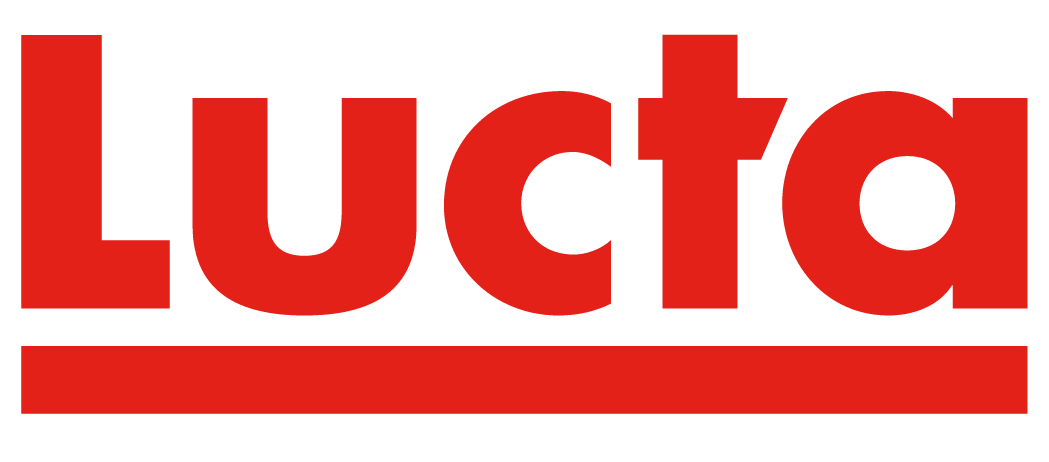Taste perception of sweet and umami stimuli in vertebrates is largely controlled by a family of G-protein-coupled receptors, the taste receptor type 1 (T1R) family, with three members that combine in heterodimers to form the taste receptors. The mammalian T1R1/T1R3 receptor responds to umami compounds such as amino acids, whereas…
Nutrients from the ingested food interact with sensors along the mammalian digestive tract. These sensors, through vagal afferent nerves, can activate brain areas related to the control food intake. In the oral cavity, as a first stop of the food, umami taste receptors can detect the presence of different amino…
Introduction Extrusion is a technology widely used in feed processing that consists of combining high temperatures and high pressures to the feed material. The main objective when used in a final feed is to improve digestibility, but it can also be used in raw materials such as rice bran (Riaz,…
TOP 10% MOST DOWNLOADED PAPERS IN THE JOURNAL OF THE WORLD AQUACULTURE SOCIETY 2018-2019 Squid visceral paste is a popular attractant and feeding stimulator supplement in shrimp feeds in China, but it often faces problems with fluctuating availability, cost, composition, and quality. An 8-week experiment was performed to test a…
Recent studies suggest that the use of vegetable oils at expense of fish oil in aquaculture feeds might have potential negative effects on fish redox homeostasis and adiposity. Resveratrol (RESV) is a lipid-soluble phytoalexin present in fruits and vegetables with proven in vivo antioxidant function in animals. The present study…
Fishmeal (FM) and fish oil are becoming strategic ingredients for aquaculture feeds. In spite of considerable efforts to replace FM by alternative ingredients, problems with reduced feed intake and growth, as well as gut health issues (intestinal integrity and inflammation) are still common, associated with a lower palatability, digestibility and…
Crustaceans have highly evolved chemosensory systems which help them detect and find food items in environments with low visibility and rich in dissolved chemicals. Attractants are commonly used in shrimp farming to promote a quick identification and consumption of the feeds. These are usually fishery by-products (e.g., fish, squid or…
To continue gathering knowledge on the central regulation of food intake in response to amino acids in teleost fish, using as a model rainbow trout (Oncorhynchus mykiss), we evaluated in a first experiment the feeding attractiveness of l-leucine, l-valine, and l-proline offered as an agar gel matrix. In a second…
In mammals gastric infusion of glutamate and other amino acids such as arginine or lysine, activate brain areas related to food intake control through vagal afferent nerves resulting in an anorectic response. In fish, recent studies have demonstrated that an intraperitoneal injection of leucine and valine reduce food intake, while…
